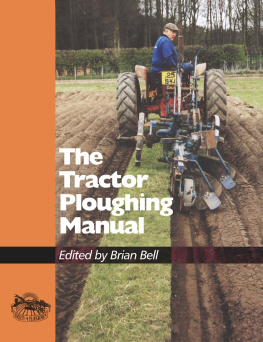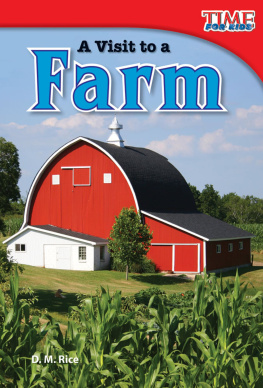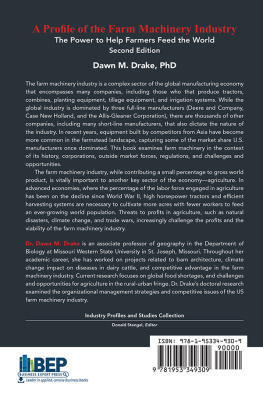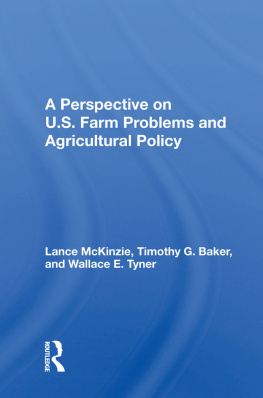Contents
IPSWICH. RANSOMES, SIMS & JEFFERIES, LIMITED. LONDON.
THE PLOUGH.
T HE Plough is without doubt the first Agricultural Implement that was ever made, and
the first labour -saving machine. As it took the place of the spade, or fork, it has been de
signed to cut and turn over a portion of the soil, to pulverize and expose it to the action of
the sun, of the air, and of water. Being a first necessity of Agriculture in every part of the
world, every country has made its own plough, specially suited to its own requirements.
Hence we find it has been made in a great variety of forms. R ANSOMES , S IMS & J EFFERIES,
Limited, and their predecessors have for 100 years made ploughs one of their Specialties,
and the object of their study and constant improvement.
From R OBERT R ANSOME (in 1803) emanated the greatest of all improvements in the
plough, viz. the patent cast chilled self-sharpening ploughshare, which has since been
copied by all eminent makers. The various patterns of ploughs made by R., S. & J. are
numbered by hundreds, if not thousands; but in the following pages, those which have been
found to be the most useful at the present day are given, and one or other will be found to
meet the requirements of every country.
R., S. & J. are however always ready to make any new pattern of plough required for
special purposes, crops, or countries, especially when a considerable number are likely to
be required.
RANSOMES, IPSWICHTelegraph AddressesANGLIA, LONDON.
IPSWICH. RANSOMES, SIMS & JEFFERIES, LIMITED. LONDON.
DIFFERENT FORMS OF FURROWS.
Continued.
No. Rectangular Furrow, Unbroken.
No. 2. Rectangular Furrow, Broken.
No. 3. Crested Furrow, Unbroken.
No. 4. Inverted Furrow, Broken.
No. 5. Wide Broken Furrow.
RANSOMES, IPSWICHTelegraph AddressesANGLIA, LONDON.
The Tractor
Ploughing Manual

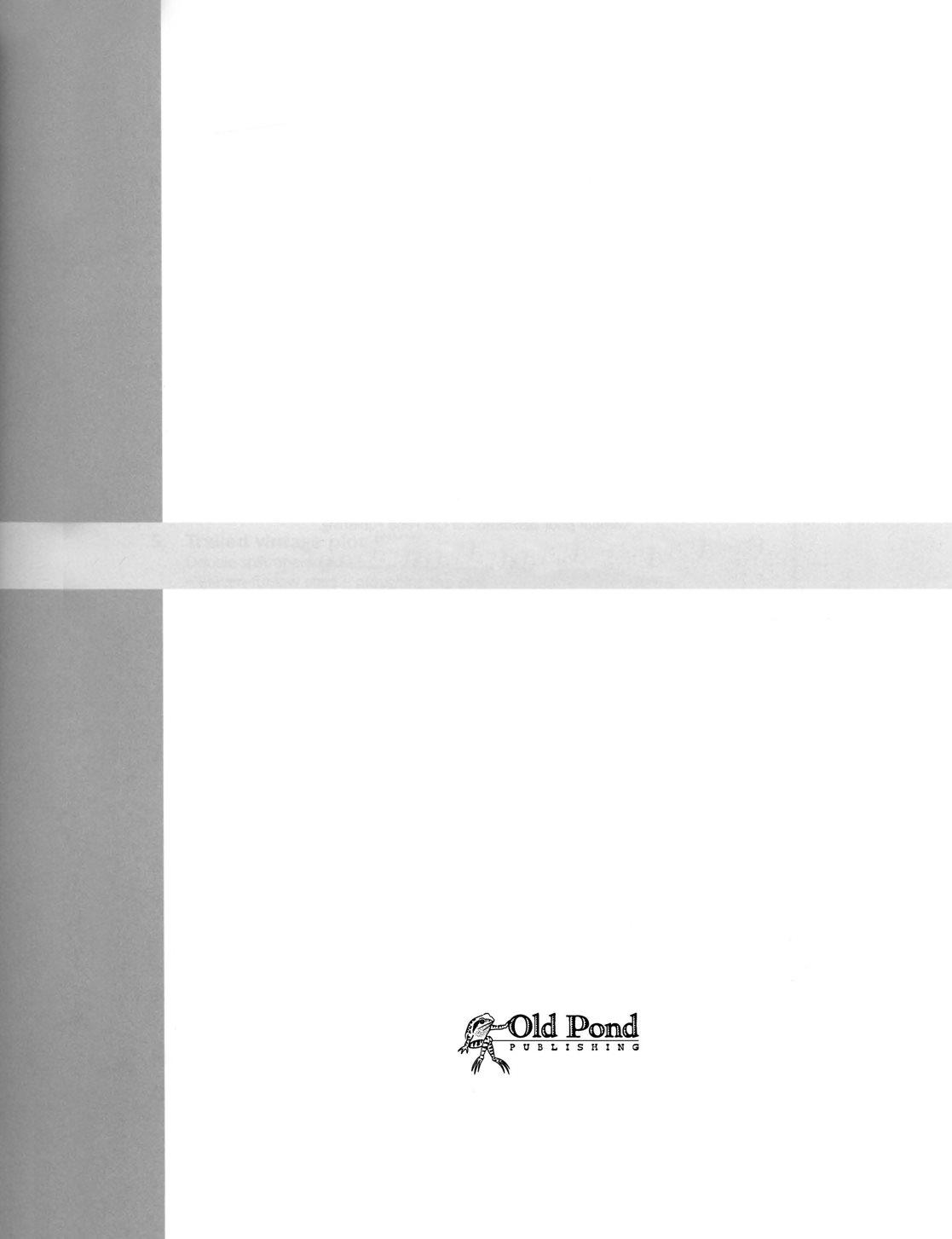
The Tractor
Ploughing Manual
Edited by Brian Bell MBE
First published 2005 reprinted 2009
Copyright Brian Bell, 2005
The moral right of the author in this work has been asserted
All rights reserved. No parts of this
publication may be reproduced,
stored in a retrieval system, or transmitted,
in any form or by any means electronic,
mechanical, photocopying, recording or otherwise,
without prior permission of Old Pond Publishing.
ISBN 978-1-903366-69-1
A catalogue record for this book is available from the British Library
Published by
Old Pond Publishing
Dencora Business Centre, 36 White House Road,
Ipswich IP 1 5LT United Kingdom
www.oldpond.com
Frontispiece: Simon Witty competing in the
53rd British National Ploughing Championships, 2003
Endpaper illustrations: Ransomes, Sims and Jefferies catalogue, 1886
Cover design and book layout by Liz Whatling
Printed and bound in Hong Kong
Contents
Mounted conventional ploughs trailed conventional ploughs
reversible ploughs plough alignment.
Conventional ploughing reversible ploughing
basic plough setting faults.
Setting out the plot and preparing
the tractor and plough
Ploughing match classes
The double split opening twelve-furrow start
eleven-furrow start ploughing the plot
ins and outs the finish.
Double split opening twelve-furrow start
eleven-furrow start ploughing the plot
ins and outs the finish.
World-style conventional
mounted ploughs
The twelve-furrow start double split opening
completing the twelve-furrow start the eleven-furrow start
ploughing the plot ins and outs the finish.
Preparing the tractor and plough the eight- or nine-furrow start
marking the butts ins and outs ploughing the full-length furrows
ploughing the butts scratch furrow ins and outs
ploughing the finish the joining furrow completing the finish.
Early ploughs early one-way ploughs steam ploughing
ploughing with electricity early tractor ploughs motor ploughs
mounted ploughs multi-furrow reversible ploughs.
The Society of Ploughmen ploughing match regulations
The Cairn of Peace at the site of the World Ploughing Championships
held at Wispington, near Horncastle, in 1984. The cairn contains a
piece of stone from every competing country at the match; the
plough is a replica of the one used by Ken Chappell Senior when he
took first prize in the horse ploughing championships at Tadcaster in
1951. The replica was made by apprentices at the Ransomes, Sims &
Jefferies training school in Ipswich.
The people in the group, from left to right, are: Henry Franklin
(Chairman of the Society of Ploughmen in 1984), Ken Chappell, Barry
Mortimer (Ransomes), Bob Craven (host farmer), David Chappell,
Guy Catchpole (Ransomes).
Introduction
Ploughing has been practised since Biblical days
when man first used his own muscle power to
scratch the soil with a suitably shaped piece of
wood. Early Britons were required by law to
fashion their own ploughs before being allowed
to use these mainly wooden implements to till
the land. Ploughs were made from iron by the
late eighteenth century and chilled cast-iron
ploughshares were already turning the soil when
Nelson defeated the French navy at Trafalgar.
Originally a village affair, ploughing matches have
been held for over 150 years with the best
ploughman enjoying great esteem locally. J. Allen
Ransome wrote in 1843 that the object of these
matches was to promote the art of ploughing
and it has remained so to the present day. Many
countries hold their own national championships
with the winners taking part in the annual
World Ploughing Match. First held in 1953 this
event is hosted by a different country each year.
The first British National Ploughing Match,
organised by the British Ploughing Association,

